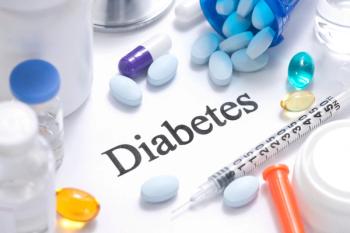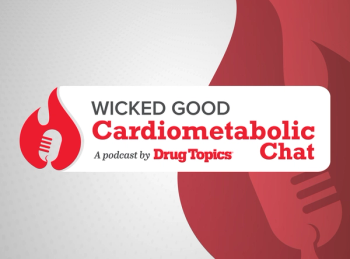
Nonopioid Therapy Shown to Significantly Reduce Pain Intensity in Phase 3 Trial
Cebranopadol is a first-in-class investigational therapy that targets the nociceptin/orphanin FQ receptor and the µ-opioid receptor.
Positive topline results have been announced from a phase 3 trial evaluating the efficacy and safety of cebranopadol for the treatment of moderate to severe acute pain in adult patients following full abdominoplasty, Tris Pharma said in a release.1 The company said that it plans to present full results from the study at an upcoming conference.
Results from the Alleviate-1 (
Cebranopadol is a first-in-class investigational therapy. It is a dual-NMR agonist, as it targets the nociceptin/orphanin FQ receptor and the µ-opioid receptor. Cebranopadol has the potential to treat multiple types of pain.
“These are extremely encouraging results, emphasizing the important role cebranopadol could play in effectively and safely alleviating moderate to severe acute pain for patients,” Harold Minkowitz, MD, primary investigator in the Alleviate-1 study, said in a release.1 “This analgesic efficacy, combined with evidence from prior clinical studies showing low drug likability and potential for fewer respiratory events, demonstrate that cebranopadol could help address a critical unmet medical need for the millions of people who experience acute pain.”
Alleviate-1 is a multicenter, randomized, double-blind, placebo-controlled study evaluating the analgesic efficacy of cebranopadol compared to placebo for the management of moderate to severe acute pain following full abdominoplasty. The study cohort included 300 patients who are scheduled to undergo full abdominoplasty procedure without liposuction or other collateral procedures. Patients were excluded if they had a clinically significant disease, medical condition or current pain condition.
The study included 3 groups: cebranopadol 400 ug once daily, cebranopadol 200 ug once daily, and placebo. The primary endpoint was pain intensity measured by the NRS area under the curve from 4 through 48 hours following surgery. Secondary outcomes included number of doses of rescue medications and overall pain measured by the NRS.
The study found treatment with cebranopadol resulted in a statistically significant reduction in pain intensity on the NRS area under the curve through 44 hours. Treatment with cebranopadol 400 ug once per day for 2 days resulted in a statistically significant reduction in pain intensity compared to placebo. Additionally, there were no serious adverse events seen in the patients who received cebranopadol. The most common adverse event was nausea.
In a previous interview, Albert Dahan, MD, PhD, professor of anesthesiology at Leiden University Medical Center and a researcher on a past cebranopadol study, sat with Drug Topics to discuss how cebranopadol will fit into the broader landscape of pain management therapies and how it could help address current gaps in pain management.
“[Cebranopadol] is a very slowly acting drug, so if you use it, let's say twice a day or once a day, you might already have sufficient pain relief at the correct dose,” Dahan said. “This is a very interesting concept that you have a drug that produces potent pain relief and can be used in various settings, such as the acute pain setting, perioperatively and the chronic pain setting. It is a drug with a lesser likelihood of respiratory depression and that is important.”
In the release, Tris said that it plans to share results from other cebranopadol studies, including an intranasal human abuse potential study and the phase 3 Alleviate-2 clinical study in patients following bunionectomy. The company also said it anticipates submitting a new drug application for cebranopadol to the FDA later this year.
READ MORE:
Are you ready to elevate your pharmacy practice? Sign up today for our
References
1. Tris Pharma Announces Positive Results from ALLEVIATE-1 Phase 3 Clinical Trial of Cebranopadol, an Investigational First-in-Class Oral Dual-NMR Agonist, for the Treatment of Moderate-to-Severe Acute Pain. News Release. Tris Pharma. January 22, 2025. Accessed January 23, 2025. https://www.trispharma.com/tris-pharma-announces-positive-results-from-alleviate-1-phase-3-clinical-trial-of-cebranopadol-an-investigational-first-in-class-oral-dual-nmr-agonist-for-the-treatment-of-moderate-to-severe-acute-p/
Newsletter
Pharmacy practice is always changing. Stay ahead of the curve with the Drug Topics newsletter and get the latest drug information, industry trends, and patient care tips.





















































































































































